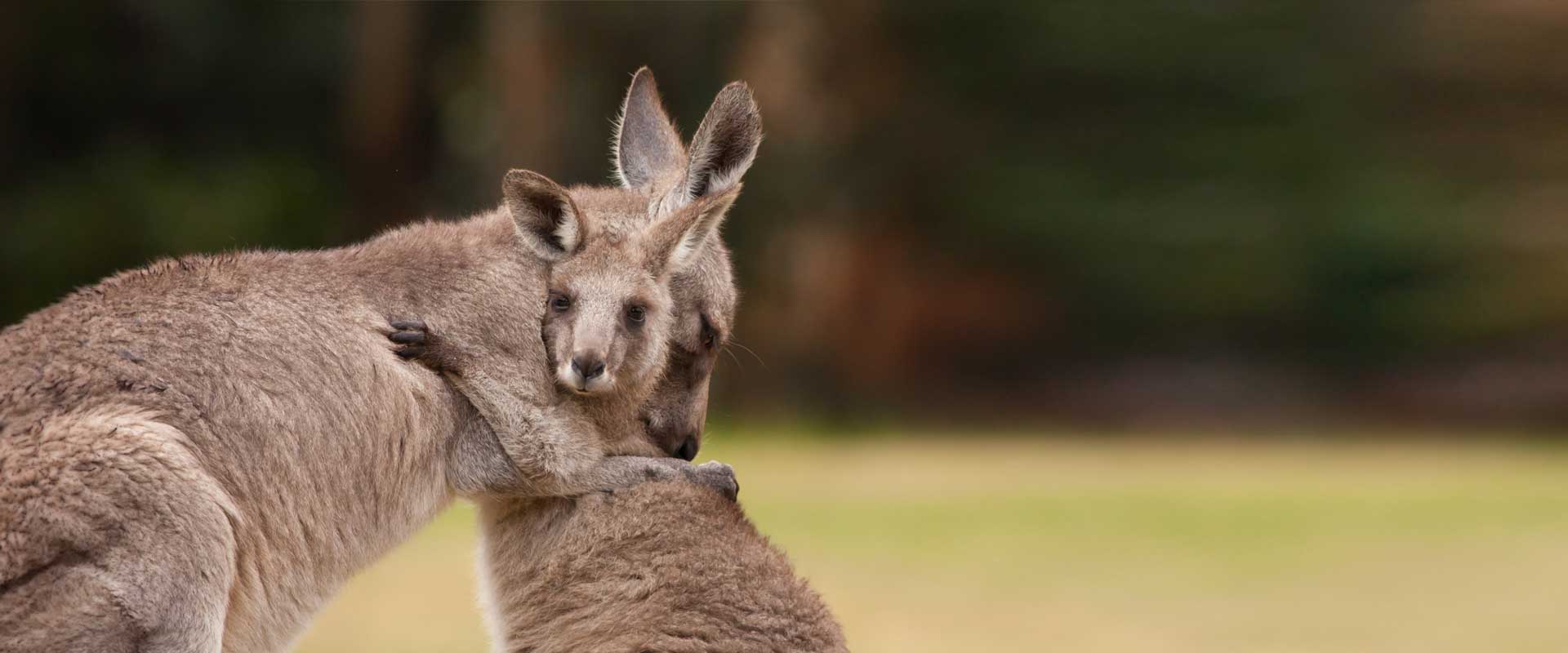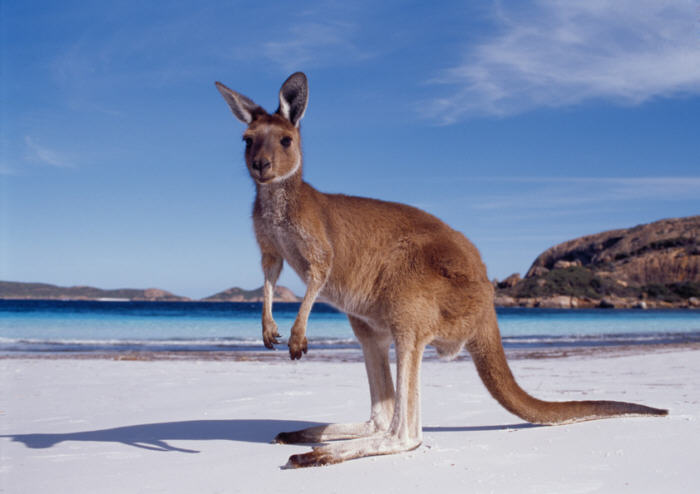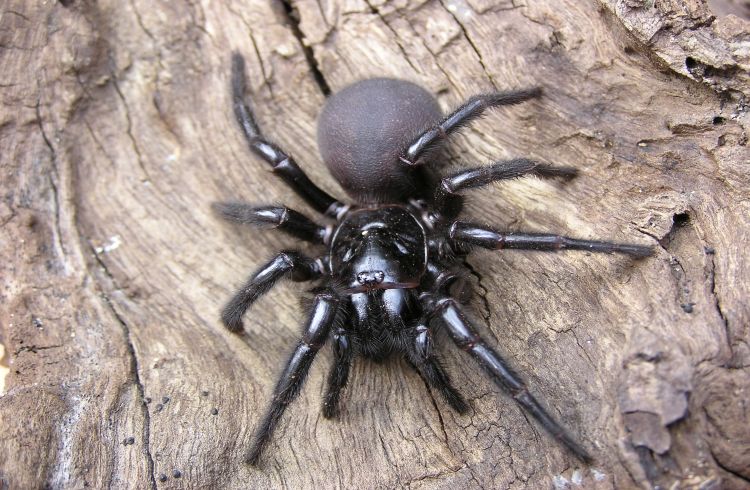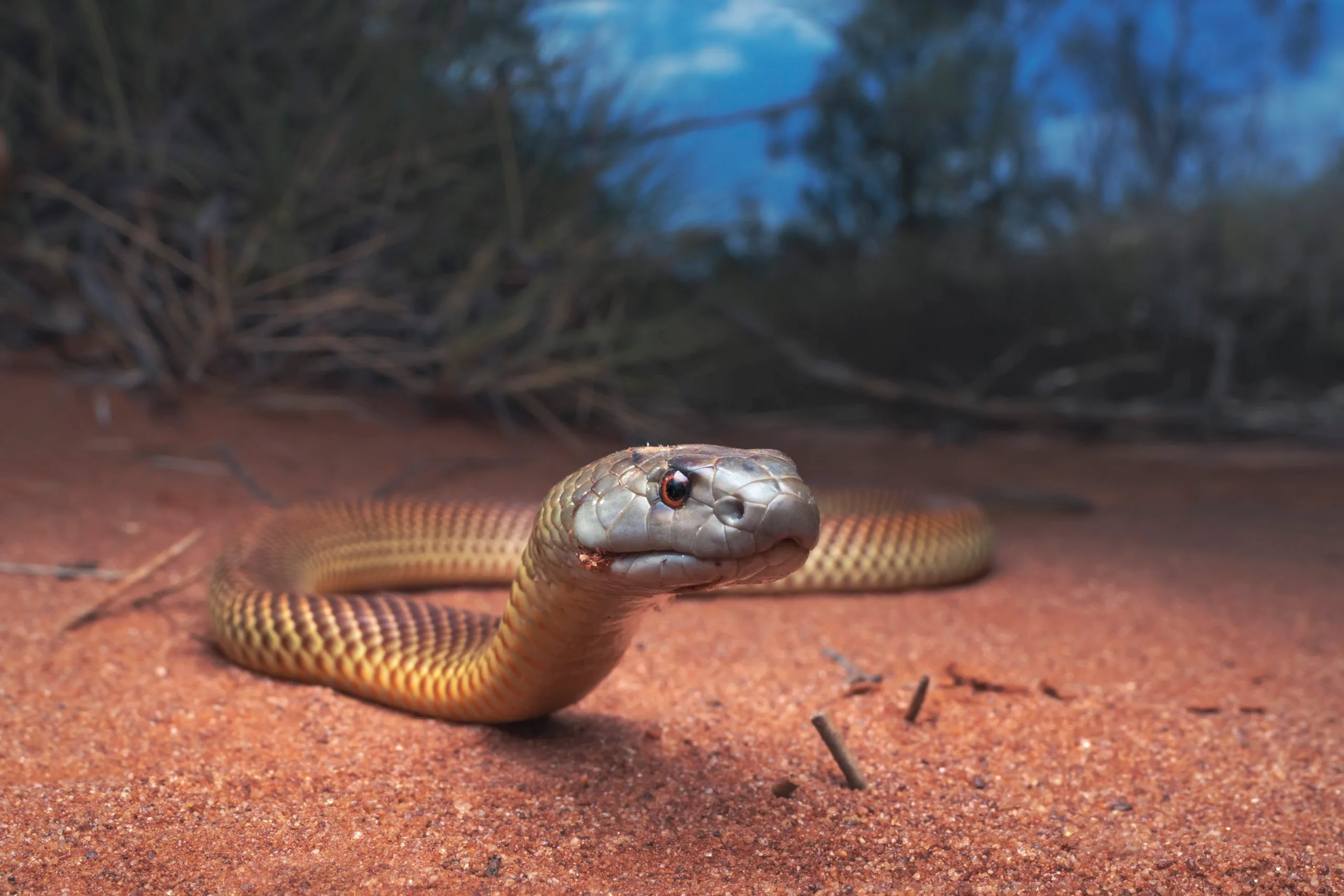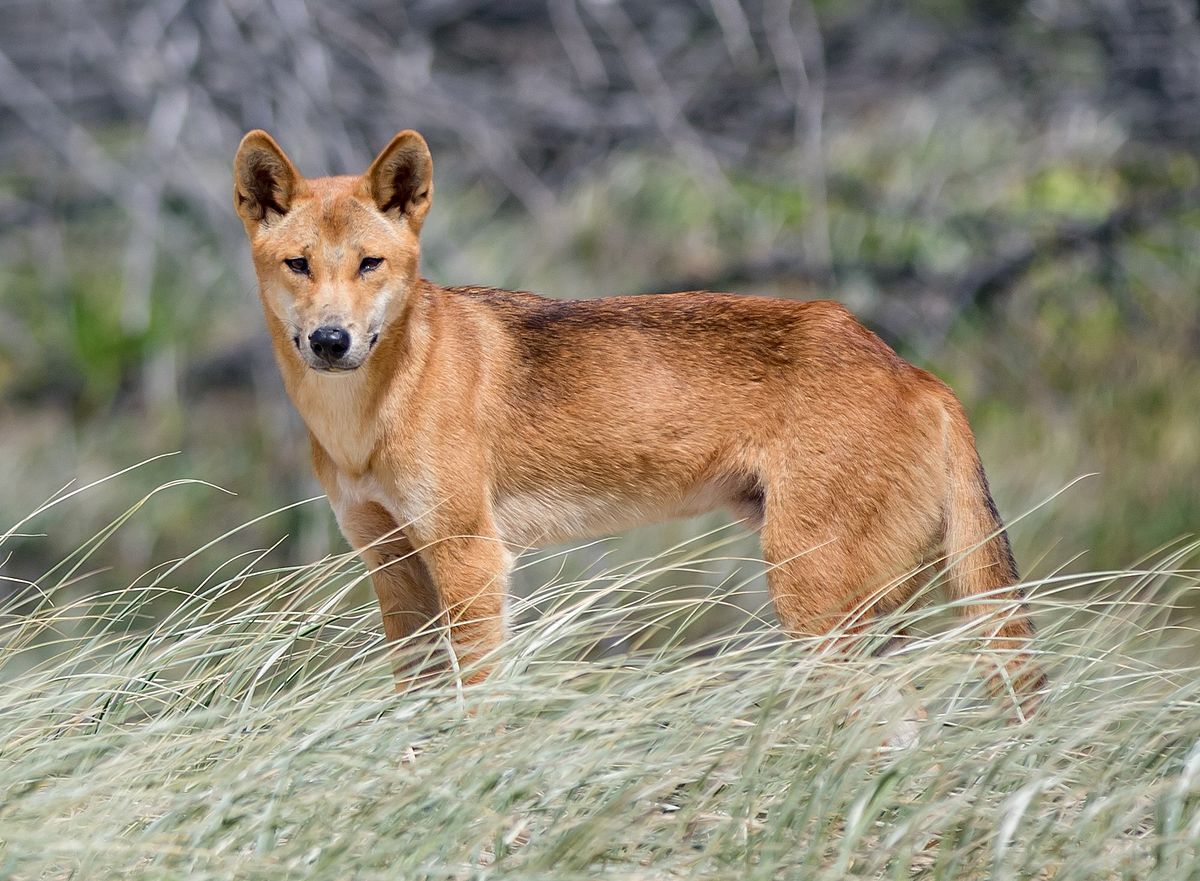Australia is known for its dangerous snakes, and they have many – but in reality few people die
from
bites. WHEN IT COMES TO self-defence, Australia’s snakes have things pretty well covered. We
share
our continent with about 170 species of land snakes, some equipped with venom more toxic than
any
other snakes in the world.
But bites are actually quite rare in Australia and, since the development of anti-venom,
fatalities
have been low – between four to six deaths a year.
“This is in contrast to India, for example, where bites may reach one million a year, with over
50,000 deaths,” says Associate Professor Bryan Fry, a herpetologist and venom expert at the
University of Queensland. “Snake bites are very, very rare [in Australia] and often the fault of
the
person being bitten. Most bites occur when people are trying to kill a snake or show off.”
